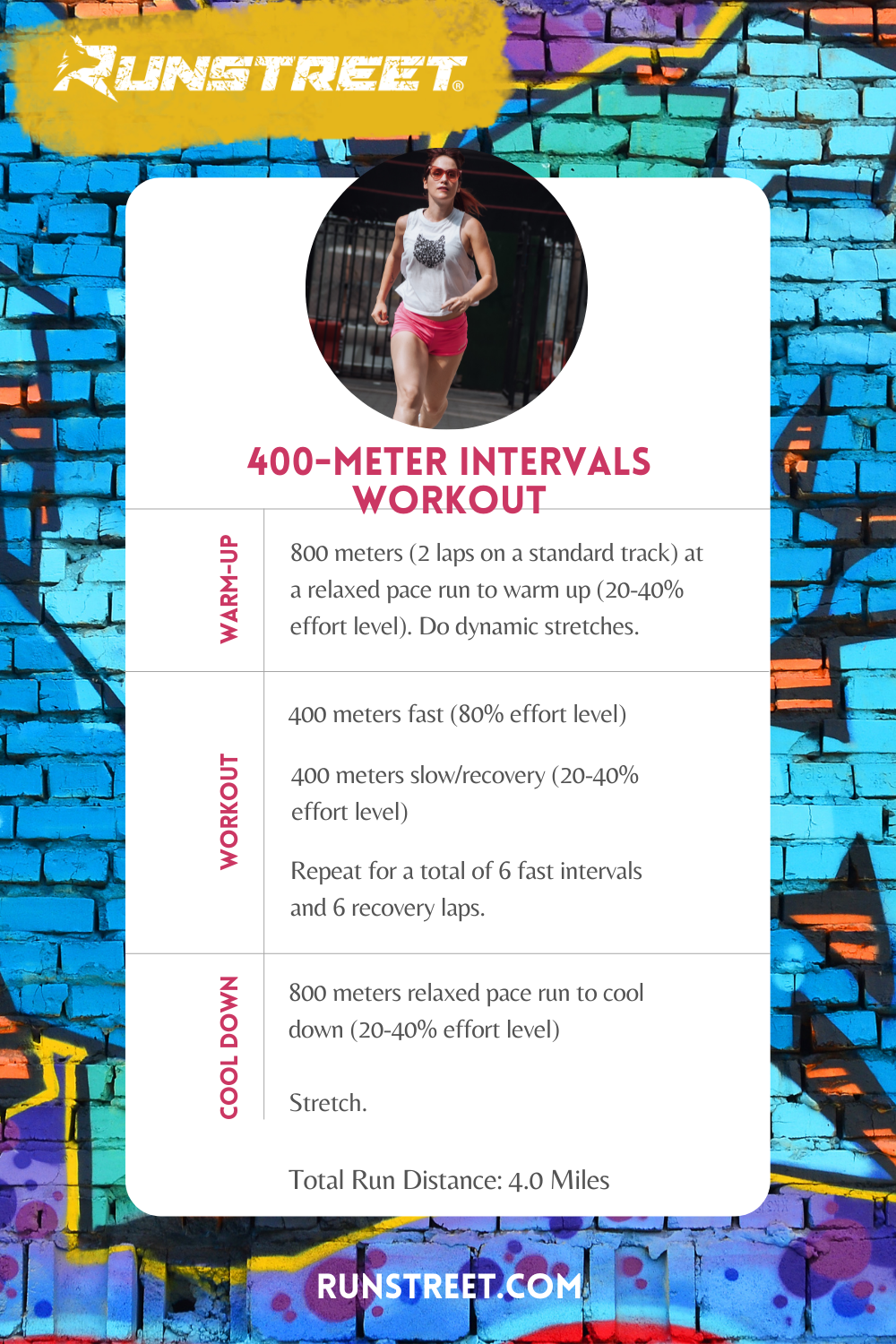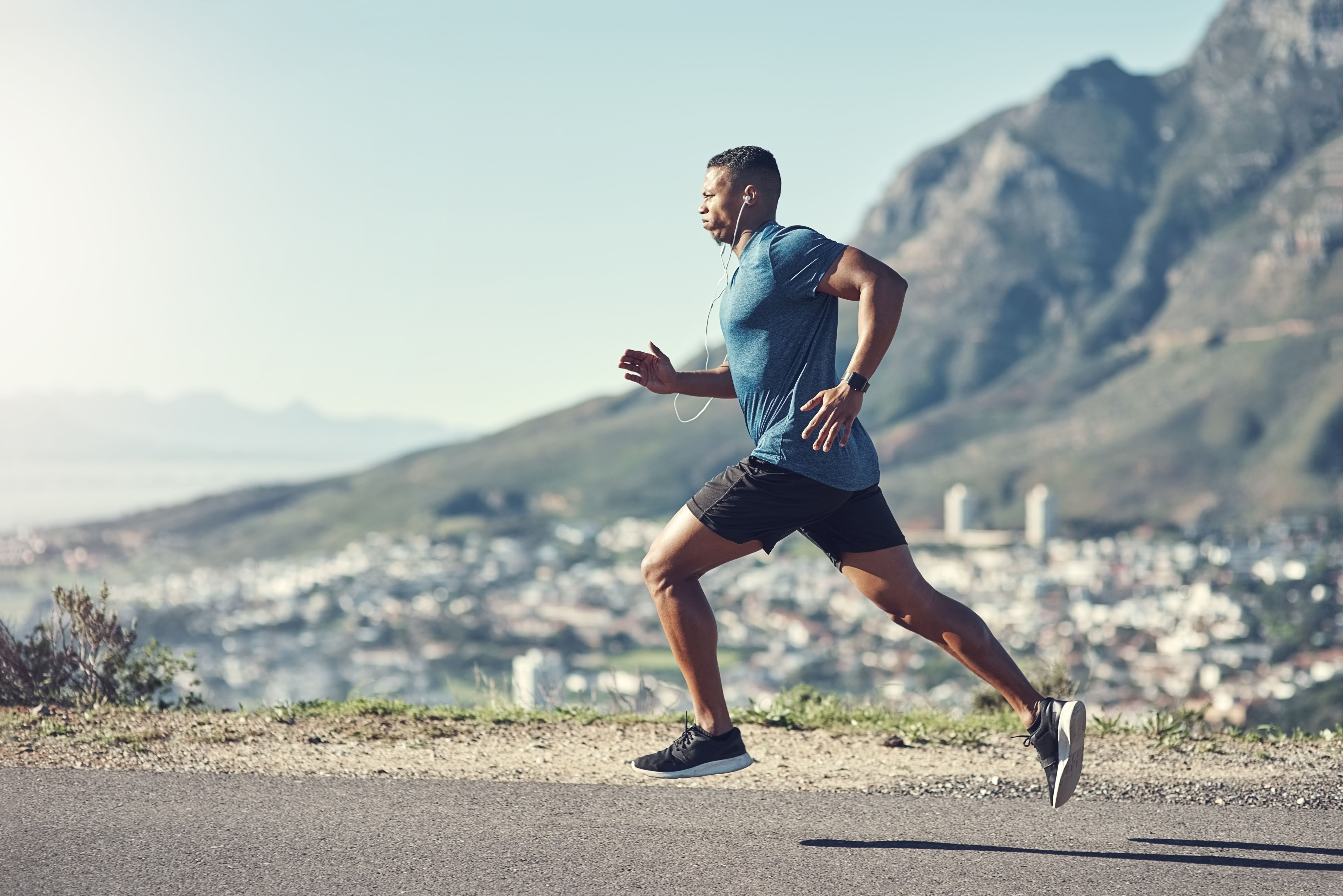Conquering Pain in Operating: Methods and Techniques That Work
Discomfort is a common buddy for lots of joggers, typically acting as a barrier to accomplishing their wanted goals. Nevertheless, with the appropriate strategies and methods, it is feasible to get over and also prevent the discomfort connected with running. By discovering various approaches such as understanding the different sorts of running discomfort, maximizing footwear and kind, integrating cross-training and strength exercises, executing effective recovery methods, and preserving appropriate nutrition and hydration, runners can potentially reduce their pain and enhance their overall running experience.
Understanding Different Kinds Of Running Discomfort

Another type of running discomfort is joint discomfort, which can manifest as a sharp or achy pain in locations such as the knees, hips, or ankle joints (running workout). Joint discomfort might be caused by aspects like inappropriate running form, overuse, or underlying conditions like joint inflammation (more info). It is necessary to distinguish in between muscular tissue soreness and joint pain, as the latter may need clinical focus to stop additional injury
Recognizing the various kinds of running pain is essential for effective management and avoidance methods to make sure a risk-free and enjoyable running experience.
Proper Shoes and Running Type
To optimize efficiency and decrease the threat of running-related injuries, selecting proper footwear and preserving correct running form are crucial elements for joggers of all levels. It is suggested to pick running shoes that are particularly made for the individual's foot type, running stride, and the kind of running activity they engage in.

Cross-Training and Toughness Exercises
Participating in cross-training and including stamina exercises right into a running routine can considerably enhance total performance and reduce the chance of injuries. Cross-training, such as cycling or swimming, helps enhance cardiovascular health and fitness while providing running muscles a break from recurring impact. It additionally assists reinforce different muscle groups, leading to much better overall body conditioning. Stamina workouts, like squats, lunges, and core workouts, play a critical function in maintaining muscles and boosting running efficiency. They can remedy muscle discrepancies, boost agility, and improve power result, all of which are necessary for running performance.
Integrating cross-training and strength exercises into a running program needs to be done purposefully. It is very important to enable for appropriate remainder in between running sessions and cross-training tasks to avoid overuse injuries. Additionally, concentrating on proper form and technique during strength exercises is key to maximizing their benefits and decreasing the risk of injury. By incorporating these elements into a running routine, joggers can construct a more powerful structure, enhance performance, and delight in a more lasting running experience.
Recovery and Relax Strategies
Having actually established the importance of cross-training and toughness workouts in an extensive running routine, focus can currently be directed in the direction of Recuperation and Relax Methods as important components for maximizing performance and decreasing the risk of injuries. (running strategy)
Healing after running is important for muscle fixing and development. Techniques such as foam rolling, extending, and massage aid in minimizing muscle pain and improving adaptability. Adequate remainder between runs allows the body to recuperate and adapt to the physical stress, stopping overuse injuries.
Incorporating energetic recovery days right into a training schedule, where low-intensity activities like walking or biking are performed, can improve blood flow and promote healing without placing excess pressure on the muscular tissues. Additionally, proper hydration and nutrition play an essential duty in the recovery process by replenishing shed liquids and nutrients.
Quality rest is one more necessary facet of healing that must not be ignored. During sleep, the body undergoes repair work and regeneration procedures, adding to general physical and psychological wellness. By useful source prioritizing recuperation and remainder strategies, joggers can keep optimum efficiency levels and minimize the probability of experiencing discomfort or injuries.
Nutrition and Hydration for Runners
How can runners optimize their efficiency via correct nourishment and hydration methods? Nutrition and hydration are vital aspects of a jogger's training program, playing a crucial duty in efficiency, endurance, and healing. To enhance efficiency, joggers must focus on consuming a healthy diet plan that includes carbohydrates, healthy proteins, healthy fats, vitamins, and minerals. Carbohydrates give power for running, while proteins help in muscular tissue repair service and healing. Healthy fats sustain overall health and aid in absorbing necessary nutrients. Appropriate hydration is also necessary to maintain optimum performance, as also moderate dehydration can adversely affect running performance. Joggers should consume alcohol water before, throughout, and after their runs to remain hydrated. Electrolytes, such as sodium and potassium, are additionally essential for maintaining liquid balance and muscle mass function - running strategy. Additionally, timing meals and treats properly prior to runs can help protect against intestinal pain and offer the essential energy for peak efficiency. By taking notice of their nutrition and hydration, joggers can improve their endurance, accelerate recovery, and carry out at their best.
Verdict
In conclusion, by comprehending the numerous kinds of running pain, using appropriate shoes, keeping correct running form, incorporating cross-training and stamina workouts, focusing on recuperation and remainder, and concentrating on nourishment and hydration, joggers can successfully conquer discomfort and improve their performance. Applying these techniques and strategies can help runners protect against injuries, enhance their endurance, and eventually appreciate a more fulfilling running experience.